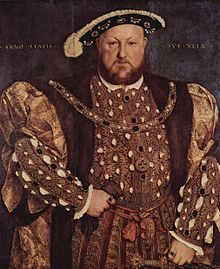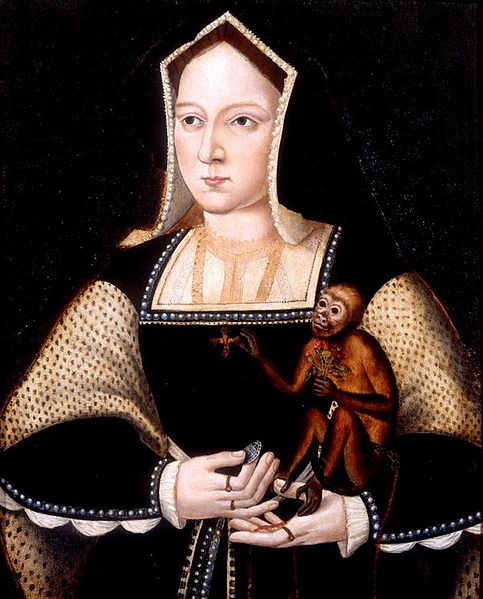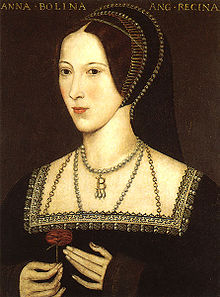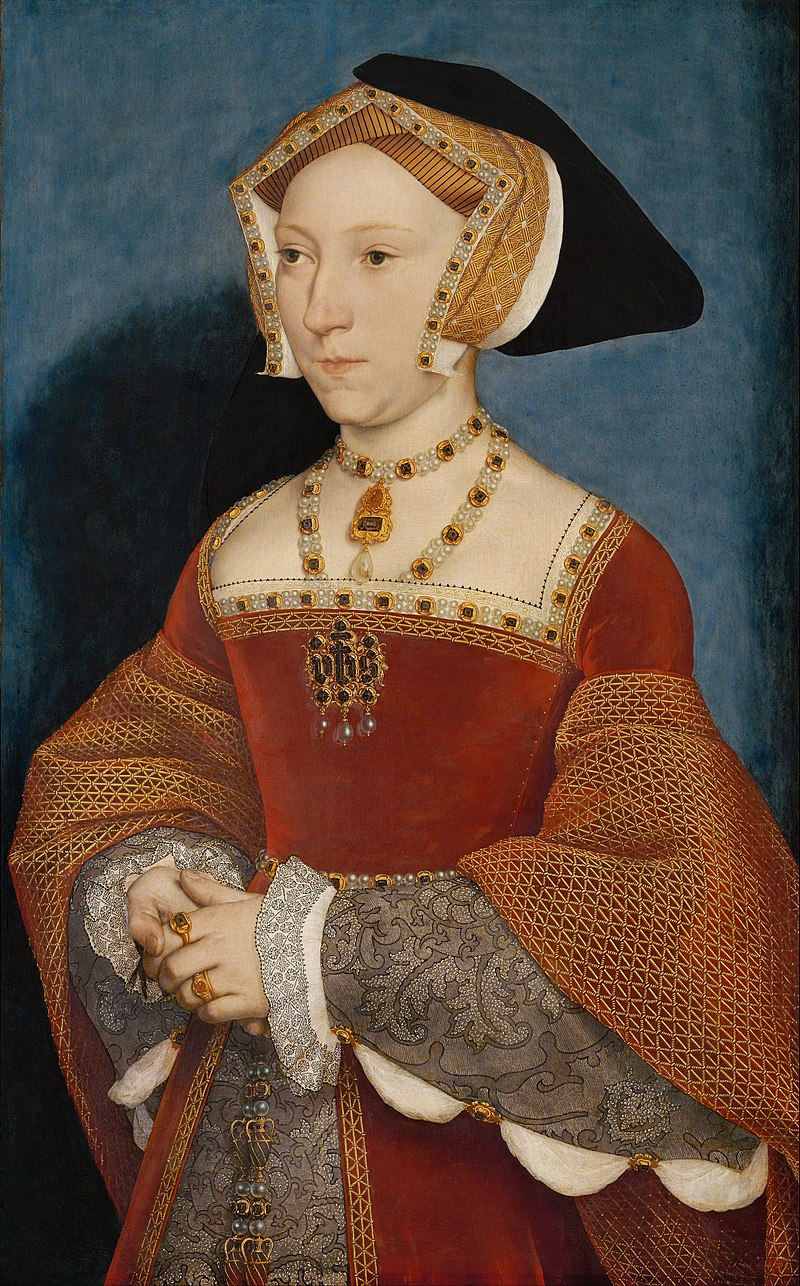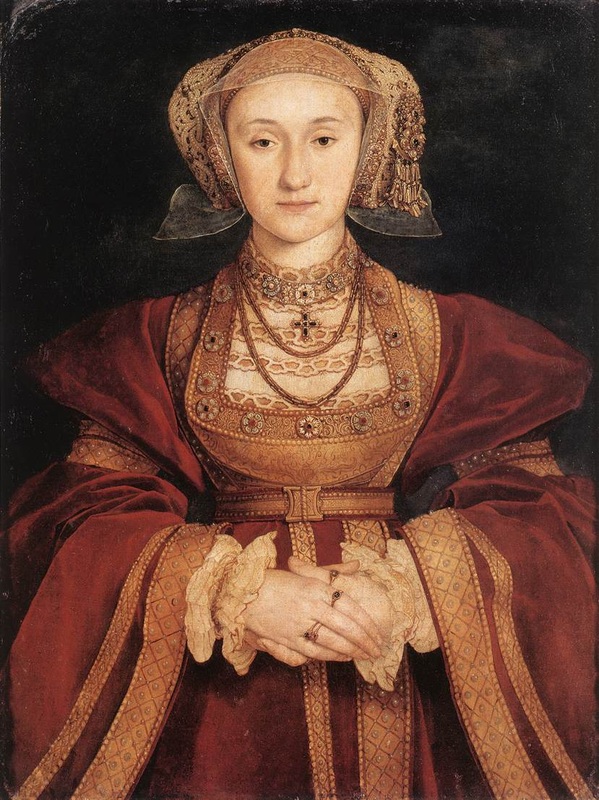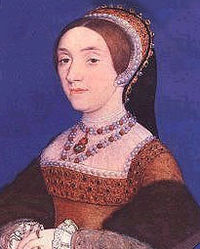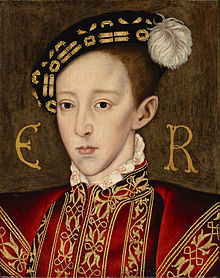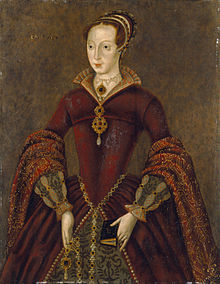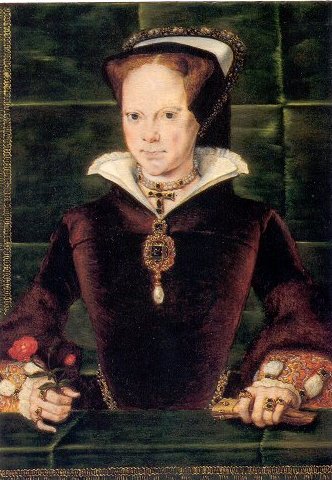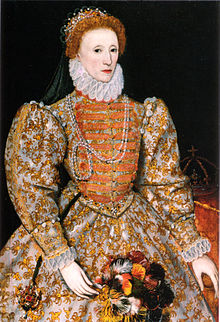Most Tudor Enthusiasts know the story of Lady Jane Grey, which is great, because hers is a story that definitely needs to be remembered. She is a character in history whom we should mourn and take inspiration from - because she was a hero with courage that I certainly don't think I would have had in her position.
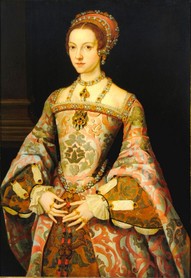
"For when I am in the presence either of father or mother, whether I speak, keep silence, sit, stand or go, eat, drink, be merry or sad, be sewing, playing, dancing, or doing anything else, I must do it as it were in such weight, measure and number, even so perfectly as God made the world; or else I am so sharply taunted, so cruelly threatened, yea presently sometimes with pinches, nips and bobs and other ways (which I will not name for the honour I bear them) ... that I think myself in hell."
She grew up in Leicestershire and was moved to Thomas Seymour's household in 1547, upon the death of Henry VIII. There, she lived in peace and happiness with Seymour and his wife, Henry VIII's last queen, Catherine Parr. At Catherine Parr's funeral in 1548, Lady Jane Grey served as chief mourner. Despite expectations that Jane would return home to her parents' home in Bradgate, Thomas Seymour had other plans for her, and insisted that she remain with him for a bit longer. Little did she know that he was attempting to a arrange a marriage between Jane and the current King Edward VI - Henry VIII's son. Thomas Seymour was soon executed for treason and Jane was, in fact, sent home - most likely, against her will. However, private discussions of a royal marriage for her were far from over.
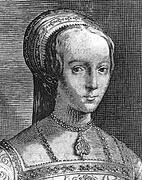
It has been suspected that Northumberland may have been the one to influence Edward VI in his decision to change the succession and set Jane in line to inherit the throne instead of Edward's older sister, Mary, but I have my doubts. King Edward have, after all, been highly educated by fervent Protestant tutors, and had been raised to respect and honor his own reformer father's work for the Church of England - so as he neared the end of his short life, would he truly have wanted to risk the new religion in the hands of his staunchly Catholic sister? My personal opinion is that Edward knew his own mind - and had ambitions for his own Protestant legacy - and that he engineered the change in succession all on his own (with perhaps strong support from Northumberland, who stood to gain much from this change). Placing Jane as his heir would ensure that another Protestant continued to lead England, barring the old faith from returning and undoing all the work of the reformation from the last two decades.
But this 'devise for the succession' was done without Jane's knowledge. When Edward died on 6 July 1553, and Jane was informed a few days later that she was the new queen, she was mortified. She reportedly cried out, "The Crown is not my right and pleases me not! Lady Mary is the rightful heir!" However, through the Duke's and her parents' persuasion, she begrudgingly accepted the crown and title.
Of course, all of this was done without the knowledge of the original heir, Mary - who was in another part of the country and unaware that her brother had died. The Duke of Northumberland had sent another one of his sons, Robert, to arrest Mary and place her on house arrest - an attempt to keep her from ruining them all, but this plan failed miserably. Unfortunately for them, Mary heard the news and was able to rally an army of about 3,000 troops in her defense. Together, with the support of the majority of English citizens, they rode triumphantly into London at the beginning of August, with Jane having been deposed on 19 July. Jane had been queen for only nine days, and now faced a frightening and uncertain future at the hands of her cousin - now, Queen Mary I.
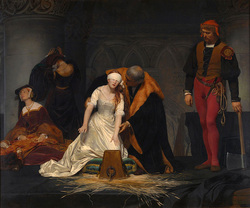
A trial was held for Jane and Guildford on 13 November 1553 and both were found guilty and sentenced to death. However, Jane was told that this was only protocol, and the Queen would issue a reprieve before any harm could come to her. Blindly, Jane believed him and attempted to remain calm.
Unfortunately, one more thing stood in the way of Jane's survival and release, and this proved to be the final straw. In January 1554, a Protestant Rebellion known as Wyatt's Rebellion broke out against the Catholic Queen and her plans to marry a Catholic Spaniard. If Mary had been planning to spare Jane's life before, suddenly she was in a tough spot. On one hand, she could free Jane and do what was morally right. Or, she could have Jane executed, as she was being told to do by her counselors. Unfortunately, deep down, Mary surely knew that if she spared Jane's life as she wanted to, she would forever live in fear of further Protestant rebellions - in Jane's name.
So, Jane's fate was sealed - through no fault of her own. On the morning of 12 February, Guildford Dudley was taken to his execution on Tower Hill, and Jane apparently watched her husband's corpse being wheeled to the Chapel of St. Peter ad Vincula. Upon seeing it, she reportedly cried, "Oh Guildford, Guildford!" Soon after, she was taken to Tower Green for a private execution. Her speech on the scaffold was something like this:
"Good people, I am come hither to die, and by a law I am condemned to the same. The fact, indeed, against the Queen's highness was unlawful, and the consenting thereunto by me: but touching the procurement and desire thereof by me or on my behalf, I do wash my hands thereof in innocency, before God, and the face of you, good Christian people, this day."
She asked the executioner to dispatch her quickly, forgave him for his deed most willingly, and knelt in the straw. Apparently fearful, she questioned the executioner, "Will you take it [my head] off before I lay me down?" He replied that he would not, and she blindfolded herself before leaning towards the block. Unfortunately, she couldn't find it immediately and began frantically reaching for it, crying, "What shall I do? Where is it?" Someone, perhaps the Lieutenant of the Tower, guided her hands to the block kindly and helped her situate herself. Then, when she was still and ready, repeating quiet prayers, she was beheaded in one clean blow of the axe.
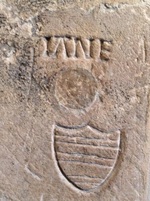
To the left is a picture I took at the Tower of London - it is a carving of Jane's name in the Beauchamp Tower - popularly thought to have been carved by Guildford while he was awaiting his execution.
One thing I find really interesting about Jane is her courage in the face of disaster. She was apparently given a few chances to recant her "heretical" Protestant religion in favor of Catholicism - in which case, Mary would have reportedly spared her life, despite her treason. However, Jane refused each time, insisting that her faith was too strong to waver. In this way, she is a much stronger and more confident sixteen year old than I was!
Jane was also a girl who loved studying and reading above anything else. She hated to hunt or partake in the parties that her family enjoyed. She was a quiet girl who was considered to be exceedingly intelligent, and she certainly wasn't of the ambitious mindset to usurp the throne from a rightful queen. In this situation, we truly see an "innocent traitor" - (I stole the name from Alison Weir's fantastic novel!) Hers is one of the most tragic Tudor executions, and definitely one of the most well-known. Today we should remember a girl who should have had a much longer life, and who truly suffered during her short sixteen years. One thing that might be true, however, is that after a difficult, painful life, death may have been a welcome and peaceful escape. I can only hope that she felt like this (at least a little), because my heart breaks for her.
Rest in Peace, Lady Jane Grey.
 RSS Feed
RSS Feed
